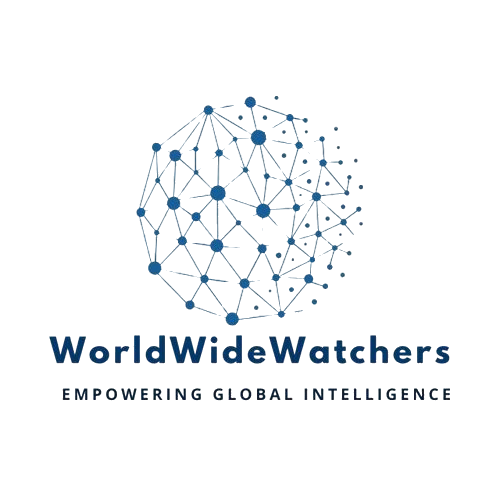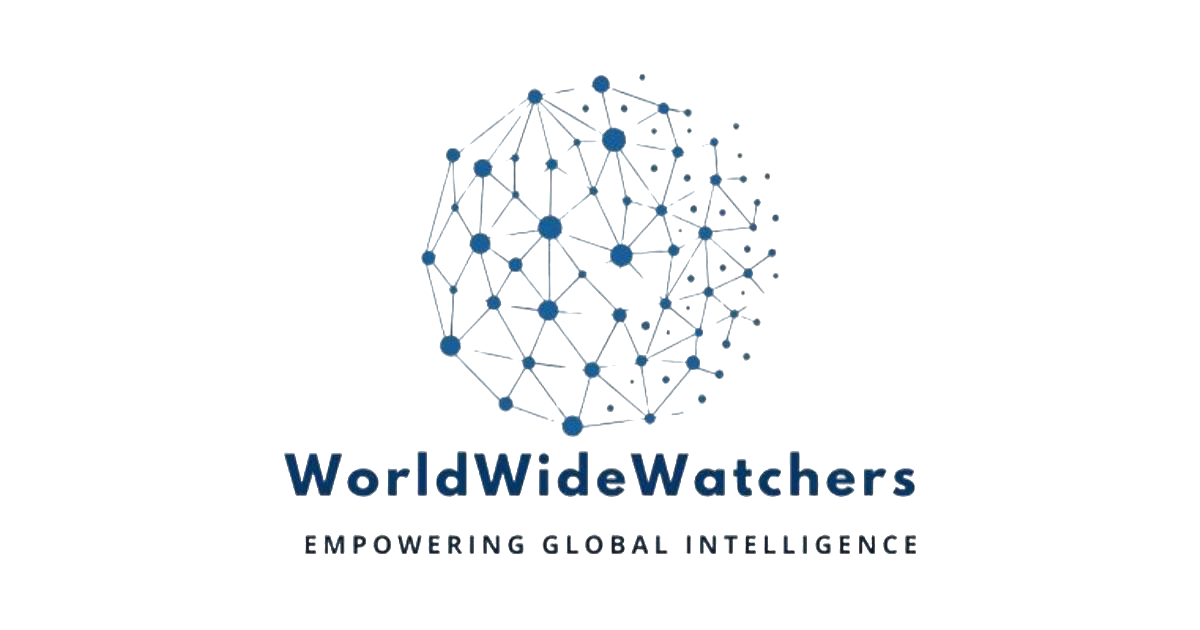How to restart nuclear diplomacy with Iran – Defense One
Published on: 2025-06-26
Intelligence Report: How to Restart Nuclear Diplomacy with Iran – Defense One
1. BLUF (Bottom Line Up Front)
The ongoing regional conflict involving Iran has led to a temporary ceasefire, providing a critical opportunity to renew nuclear diplomacy. The degradation of Iran’s military infrastructure and regional influence, coupled with strategic recalibrations by regional actors, necessitates immediate diplomatic engagement to prevent further escalation and address nuclear proliferation concerns. Key recommendations include leveraging the current geopolitical landscape to initiate talks and establish robust frameworks for nuclear non-proliferation.
2. Detailed Analysis
The following structured analytic techniques have been applied to ensure methodological consistency:
Causal Layered Analysis (CLA)
Surface events show a temporary halt in hostilities, but systemic structures reveal ongoing tensions and power recalibrations. Worldviews are shifting as regional actors reassess Iran’s diminished threat, while myths of Iran’s unchallengeable power are being deconstructed.
Cross-Impact Simulation
The ceasefire affects regional stability, influencing neighboring states’ security postures and economic dependencies. The interplay between Iran’s proxy networks and regional actors remains a critical factor.
Scenario Generation
Potential futures include successful diplomatic engagement leading to a renewed nuclear agreement, continued regional instability, or a resurgence of conflict if diplomatic efforts fail.
Network Influence Mapping
Key actors include Iran’s proxy networks, regional states, and external powers such as China, whose strategic silence highlights its complex relationship with Iran.
Narrative Pattern Analysis
Ideological narratives around Iran’s regional dominance are being challenged, affecting threat perceptions and strategic calculations by regional and global actors.
3. Implications and Strategic Risks
The current geopolitical landscape presents both opportunities and risks. The potential for renewed conflict remains if diplomatic efforts falter. Cybersecurity threats and economic vulnerabilities could be exacerbated by regional instability. The strategic recalibration of regional actors may lead to new alliances or exacerbate existing tensions.
4. Recommendations and Outlook
- Initiate immediate diplomatic engagement with Iran to capitalize on the current ceasefire and address nuclear proliferation concerns.
- Establish a multilateral framework involving key regional and global actors to ensure sustained dialogue and conflict prevention.
- Scenario-based projections: Best case – successful negotiation of a new nuclear agreement; Worst case – renewed conflict and regional destabilization; Most likely – prolonged diplomatic efforts with intermittent tensions.
5. Key Individuals and Entities
Notable figures include regional leaders and influential actors within Iran’s proxy networks. Specific names are withheld for strategic reasons.
6. Thematic Tags
national security threats, nuclear diplomacy, regional stability, geopolitical strategy





